Blog about Watches, Jewelry & Bags, Watch Blog
How to Spot a High-Quality Replica Watch
The market for luxury watches has always been captivating, with brands like Rolex, Omega, and Audemars Piguet representing the pinnacle of craftsmanship and status. However, not everyone is willing to pay the high price tag for these timepieces, leading to a growing market for replica watches. For those looking to own a piece of luxury without breaking the bank, replica watches offer an attractive option. However, not all replica watches are created equal. While some closely mimic the quality of genuine models, others fall short, making it crucial for buyers to know how to spot a high-quality replica.
If you’re new to the world of replicas, check out our beginner’s guide to replica watches.
Understanding the difference between low-grade imitations and high-quality replicas is essential for anyone looking to make a smart purchase. A well-made replica can be nearly indistinguishable from its genuine counterpart, offering the look and feel of luxury at a fraction of the cost. This guide will walk you through the key features to look for when identifying a high-quality replica watch, ensuring you get the best value for your money.
Understanding Replica Watches
Definition of Replica Watches
Replica watches are imitation versions of luxury timepieces, designed to closely resemble the original models. They are crafted to replicate the design, materials, and functionality of high-end watches but are sold at a much lower price. It’s important to differentiate between replica, fake, and counterfeit watches. Fake watches are usually of poor quality, while replica watches can vary in quality from low to high, with high-quality replicas (often referred to as CNC 1:1) offering the most accurate replication.
Market Categories
There are three main categories of replica watches:
- Low-quality replicas: These are cheap imitations, often easily identifiable due to poor materials, sloppy design, and inaccurate movements.
- Mid-tier replicas: A step up from low-quality, these watches use better materials but may still have noticeable flaws.
- High-quality replicas (CNC 1:1): These replicas are crafted with precision, using high-quality materials and movements that closely mimic the genuine article. They are often referred to as “1:1” replicas because they aim to match the genuine watch in both appearance and function.
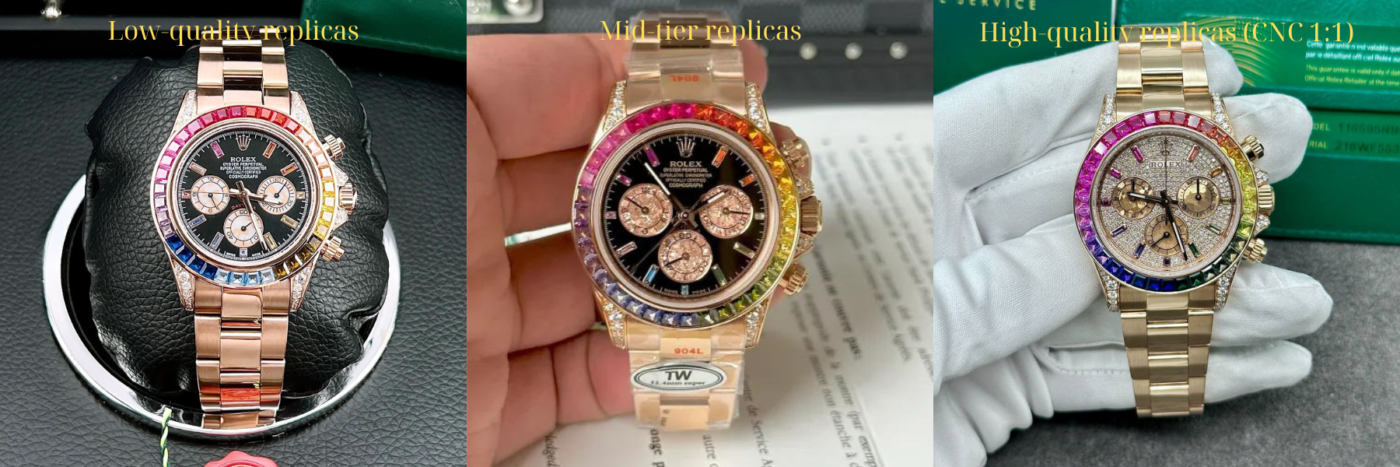
Learn more about CNC 1:1 replicas here.
Why People Buy Replica Watches
There are several reasons why consumers opt for high-quality replica watches. For some, it’s about owning a piece of luxury without the hefty price tag. Others appreciate the craftsmanship that goes into making a high-quality replica and enjoy the look and feel of a prestigious watch without the fear of damage or loss associated with a genuine, expensive timepiece. Additionally, replica watches allow people to change styles frequently without significant financial investment.
Key Features of a High-Quality Replica Watch
Materials
One of the most obvious differences between a low-quality and high-quality replica is the materials used. High-quality replicas are made using premium materials such as 904L stainless steel, 18K gold, and sapphire crystal, mimicking the genuine article. Cheaper replicas, on the other hand, use low-grade steel, mineral glass, or plastic, which can be easily identified by weight and texture. For example, a high-quality Rolex replica will be crafted from 904L stainless steel, which is known for its durability and shine, similar to genuine Rolex models.
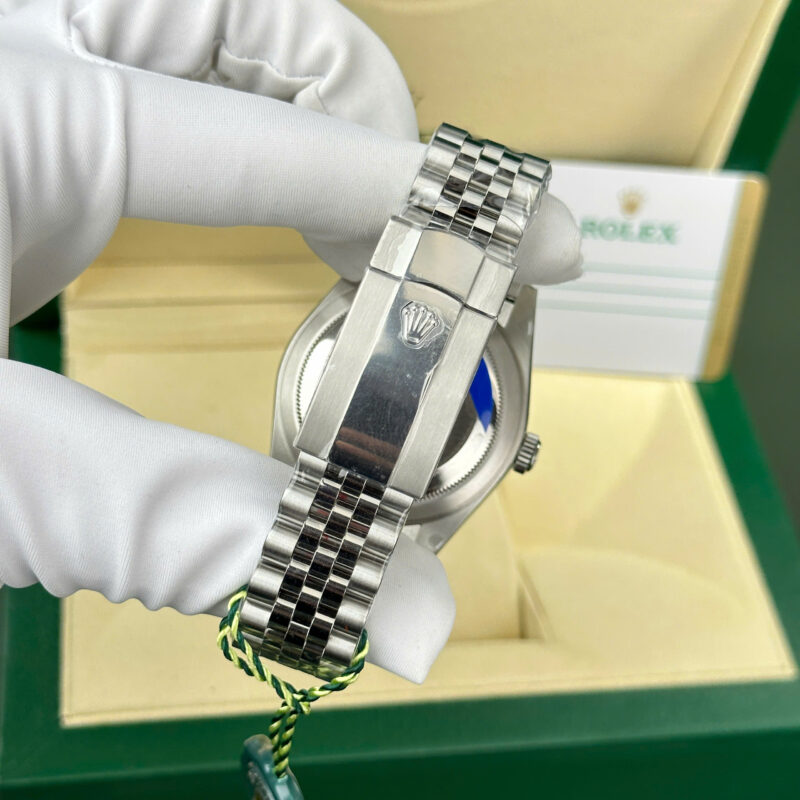
For more details on materials used in high-end replicas, visit our materials guide.
When evaluating the material of a replica watch, check the weight and feel of the watch. A high-quality replica will have a similar weight to the original due to the use of high-grade materials. Light or flimsy watches are often a sign of lower quality.
Craftsmanship and Finishing
Craftsmanship is where high-quality replicas shine. Finishing details, such as the smoothness of the edges, the precision of the engraved logos, and the alignment of the dial markers, are all signs of good craftsmanship. High-quality replicas will have well-finished surfaces with attention to detail in the crown, caseback, and bracelet. The polish and brushwork should be consistent with the genuine watch.
One way to test the craftsmanship is by examining the dial under magnification. A genuine watch will have flawless printing, while a low-quality replica may have uneven font or slightly off-center markers. High-quality replicas will closely mimic the font style, logo placement, and overall design of the genuine watch, making it difficult to differentiate at a glance.
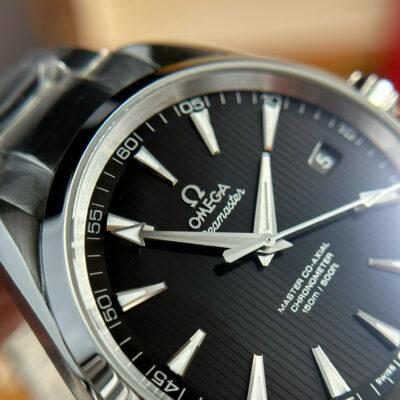
|
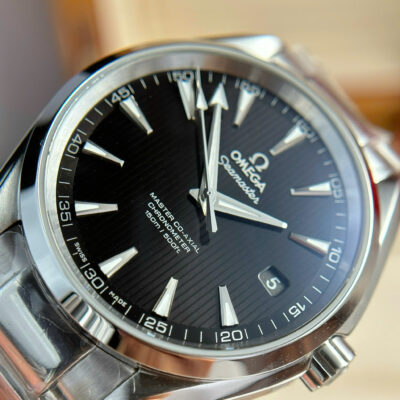
|
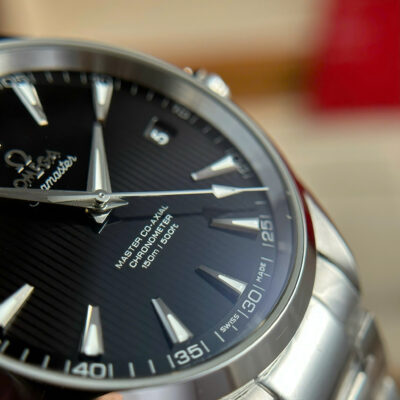
|
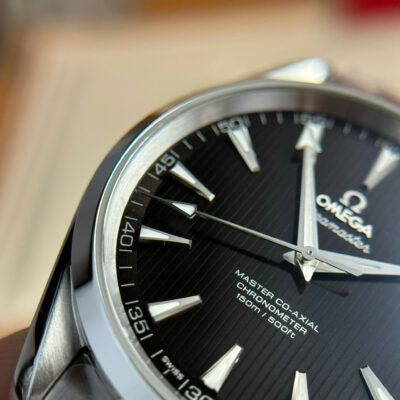
|
For a deeper understanding of watch craftsmanship, visit this expert guide on luxury watch finishes.
Movement
The movement is the engine of the watch, and high-quality replicas use Swiss ETA movements or high-grade Japanese Miyota movements to replicate the precision and reliability of the original. In contrast, lower-quality replicas often use cheap, inaccurate movements that can be easily spotted due to their inconsistency and lack of smoothness.
A key sign of a high-quality replica is the sweeping second hand. Genuine mechanical watches, particularly those from luxury brands, feature a second hand that moves smoothly rather than ticking with each second. High-quality replicas attempt to replicate this motion, while lower-quality versions often have a jerky, ticking movement.
Water Resistance
Many luxury watches are water-resistant, and high-quality replicas often attempt to replicate this feature. While some may not match the exact water resistance rating of the original, a well-made replica should still offer a basic level of water resistance. Low-quality replicas, however, often lack this feature entirely.
To check water resistance, it’s important to ensure that the crown and back casing are securely sealed. High-quality replicas will often be marketed with a water resistance rating, typically around 50 meters, which is sufficient for everyday use.
Serial Numbers and Logos
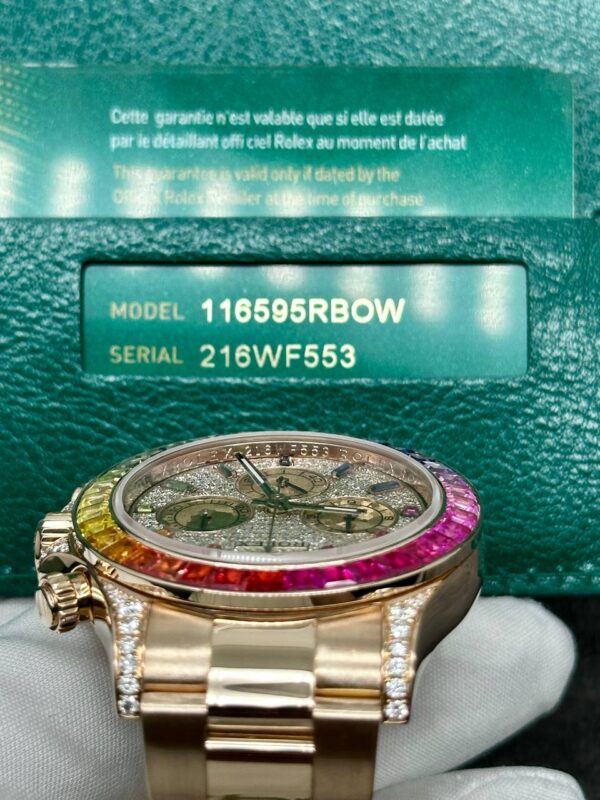
A hallmark of a high-quality replica is the attention to detail in serial numbers and logos. Many luxury watches have engraved serial numbers on the caseback, between the lugs, or on the movement itself. High-quality replicas will replicate these numbers, ensuring that they are sharp, clean, and aligned correctly. Logos, such as those found on the crown, clasp, and dial, should be finely detailed and match the original in size, font, and positioning.
Comparing High-Quality Replicas with Genuine Watches
Physical Appearance
At first glance, high-quality replicas and genuine watches may look nearly identical. The differences become more apparent upon close inspection, particularly in the finishing, materials, and details. High-quality replicas will match the original watch in size, color, and overall aesthetic. However, when viewed under a magnifying glass, subtle differences in the finish and engraving may become evident.
Movement Comparison
While high-quality replicas may use Swiss or Japanese movements, they still lack the level of precision found in genuine watches. For example, a Rolex Submariner replica may feature a smooth sweeping second hand, but its power reserve and accuracy will likely fall short of the original. Genuine watches undergo rigorous testing to ensure top-tier performance, something that even the best replicas struggle to replicate fully.
Price Differences
One of the biggest differentiators between high-quality replicas and genuine watches is the price. A genuine luxury watch can cost tens of thousands of dollars, while a high-quality replica may range from $500 to $1500. While replicas offer excellent value for the money in terms of appearance, they don’t carry the same investment potential or resale value as genuine watches.
How to Avoid Low-Quality Replicas
Spotting Common Flaws
Low-quality replicas often exhibit common flaws such as misaligned logos, incorrect font styles, and poor-quality materials. The watch hands may not move smoothly, and the date window might be slightly off-center. Additionally, the lume (glow-in-the-dark feature) on low-quality replicas is often weak or non-existent, while genuine watches and high-quality replicas will glow brightly in the dark.
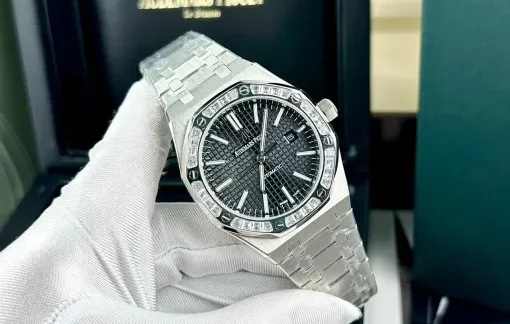
Fake vs High-Quality Replica
A cheap fake can be identified from a distance, with obvious differences in size, weight, and craftsmanship. In contrast, high-quality replicas require closer inspection to distinguish from the genuine article. If a watch feels too light, uses cheap materials, or has obvious flaws in its design, it’s likely a low-quality fake.
Where to Buy a High-Quality Replica
To ensure you’re getting a high-quality replica, it’s essential to purchase from reputable sellers. Trusted websites or stores that specialize in CNC 1:1 replicas often provide detailed descriptions, clear images, and guarantees of authenticity. Look for sellers with positive reviews, transparent return policies, and a history of satisfied customers.
The Ethical Debate Around Replica Watches
Is it Ethical to Buy Replicas?
The ethicality of buying replicas is a hotly debated topic. On one hand, it’s seen as a way for consumers to enjoy luxury without the high price tag. On the other hand, it raises concerns about intellectual property rights and the potential harm to luxury brands.
Impact on the Luxury Watch Industry
Replica watches, especially high-quality ones, can affect the luxury watch market by diverting sales. However, some argue that replica buyers are not the same demographic as genuine watch buyers, meaning that their purchases may not significantly impact the industry.
Consumer Choice
Ultimately, the decision to buy a replica watch comes down to consumer choice. For many, the appeal of owning a beautiful, well-crafted timepiece outweighs the ethical concerns, especially if the replica is of high quality.
Conclusion
Spotting a high-quality replica watch requires attention to detail, knowledge of the materials and movements used in genuine watches, and an understanding of the subtle differences between replicas and originals. High-quality replicas offer an excellent alternative for those who want the look and feel of luxury without the high cost. By following the guidelines outlined in this article, you can make an informed decision and ensure that your next replica watch is of the highest quality.
Whether you’re buying for personal enjoyment or as a stylish accessory, taking the time to research and inspect a watch before purchasing will ensure that you get the best value for your money.


